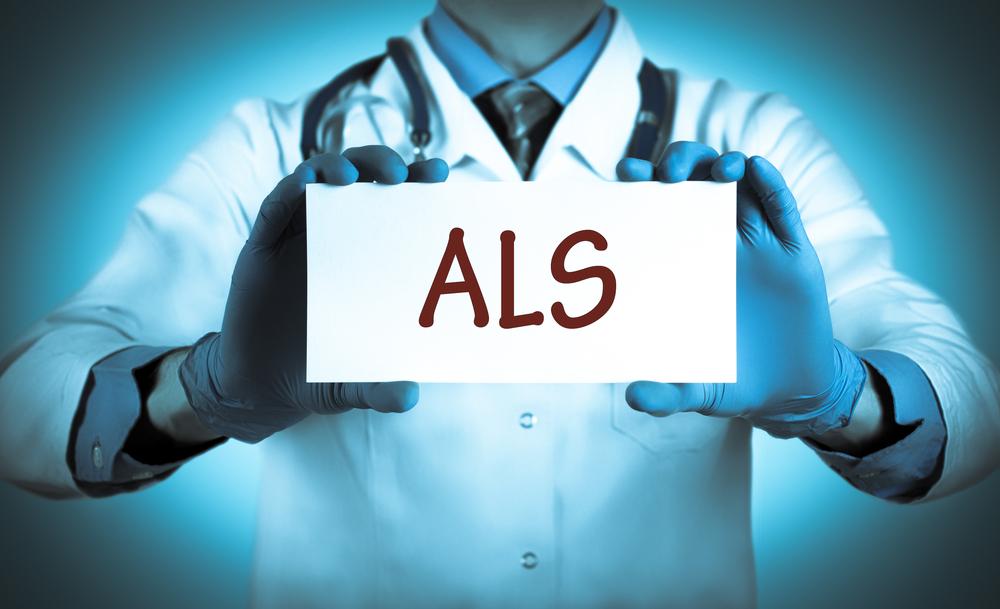Comprehensive Guide to Neuromuscular Disorders: Causes, Diagnosis, and Management Strategies
This comprehensive guide explores neuromuscular disorders, detailing their causes, symptoms, diagnostic procedures, and management strategies. It emphasizes early recognition, personalized treatment, and the latest advancements in care. Understanding these complex conditions helps patients and caregivers navigate the challenges and improve quality of life through effective medical interventions and supportive therapies.

Comprehensive Guide to Neuromuscular Disorders: Causes, Diagnosis, and Management Strategies
Neuromuscular disorders represent a diverse group of medical conditions that significantly impact the functioning of nerves and muscles. These disorders occur when the nerves responsible for controlling voluntary muscles and conveying sensory information to the brain experience dysfunction or damage. The disruption in electrical communication between nerves and muscles manifests through a variety of symptoms, including muscle weakness, wasting (atrophy), cramps, pain, twitching, and joint issues. If these conditions remain untreated or poorly managed, they can lead to severe complications, such as respiratory difficulties and cardiac problems, which can substantially reduce a patient's quality of life.
Understanding the complexities of neuromuscular disorders requires a detailed look into their causes, symptoms, diagnostic procedures, and available treatment options. This comprehensive overview aims to shed light on these aspects, helping patients, caregivers, and healthcare professionals recognize the signs early and pursue appropriate management strategies.
What Are Neuromuscular Disorders?
Neuromuscular disorders encompass a broad spectrum of conditions that affect the peripheral nervous system, especially the nerves (neuropathy) and muscles (myopathies). These conditions impair the function of nerves that control muscle movements and carry sensory signals from the body back to the brain. The result is a breakdown in the communication pathway, leading to muscle weakness or loss of muscle function. Some neuromuscular disorders are hereditary, while others can be acquired due to autoimmune responses, toxins, infections, or nutritional deficiencies.
Common Symptoms and Signs
Symptoms vary depending on the specific disorder and its severity but often include muscle weakness, which may be localized or widespread. Additional signs include muscle wasting or atrophy, abnormal muscle tone, cramps, twitching (fasciculations), joint pain or stiffness, numbness, tingling sensations, and coordination problems. In some cases, facial muscles may be affected, leading to drooping eyelids or difficulty swallowing. Severity can also extend to respiratory muscles, causing breathing issues, and cardiac muscles, impairing heart function. Recognizing these symptoms early is crucial for timely diagnosis and intervention.
Causes of Neuromuscular Disorders
The etiology of neuromuscular disorders is multifaceted. Genetic mutations are responsible for many hereditary conditions like muscular dystrophies and certain forms of inherited neuropathies. Autoimmune processes, such as those seen in myasthenia gravis or Guillain-Barré syndrome, lead the immune system to attack components of the neuromuscular junction or peripheral nerves. Exposure to toxins, such as heavy metals or certain medications, can damage nerves or muscles. Nutritional deficiencies, especially of vitamins like B12, can impair nerve health. Acquired infections, such as HIV or Lyme disease, can also contribute to neuromuscular dysfunction. Therefore, understanding the underlying cause is essential for devising effective treatment strategies.
Diagnostic Procedures and Tests
Diagnosing neuromuscular disorders involves a combination of clinical assessments and specialized tests. Physical examinations assess muscle strength, reflexes, coordination, and sensory responses. Blood tests help identify markers of muscle damage or autoimmune activity. Electromyography (EMG) measures electrical activity in muscles and nerves, providing insight into nerve or muscle dysfunction. Nerve conduction studies evaluate nerve signal transmission speed. Imaging techniques, such as MRI scans, reveal structural abnormalities in muscles or nerves. Muscle or nerve biopsies may be necessary for definitive diagnosis. Genetic testing can confirm inherited conditions. An accurate diagnosis is vital to guide appropriate treatment plans.
Treatment and Management Options
While many neuromuscular disorders are chronic conditions with no cure, various treatment approaches aim to manage symptoms, slow disease progression, and improve quality of life. Pharmacological interventions may include corticosteroids, immunosuppressants, or medications like cholinesterase inhibitors for myasthenia gravis. Physical therapy and occupational therapy play a key role in maintaining muscle strength, mobility, and function. Assistive devices, such as braces or wheelchairs, support daily activities. Emerging therapies, including gene therapy and stem cell treatments, are under investigation for certain genetic disorders. Regular monitoring and a multidisciplinary healthcare team are essential to optimize patient outcomes and provide comprehensive care.
Living with a Neuromuscular Disorder
Living with a neuromuscular disorder requires a proactive approach to manage symptoms and maintain independence. Patients should adhere to prescribed treatments, engage in customized physical therapy programs, and adopt lifestyle modifications to facilitate mobility and function. Support groups and counseling can provide emotional support and practical advice. Nutritional counseling is important, especially when swallowing difficulties or nutritional deficits are present. Caregivers also require education and support to assist effectively. Advances in medical research continue to offer hope for improved therapies and potential cures, emphasizing the importance of ongoing clinical trials and patient participation in research efforts.
Conclusion
Neuromuscular disorders pose significant health challenges but understanding their causes, recognizing early symptoms, and seeking timely diagnosis can dramatically influence outcomes. Advances in medical technology and research continually improve diagnostic accuracy and expand treatment options. Patients, caregivers, and healthcare providers should work collaboratively to develop personalized management plans aimed at slowing disease progression, alleviating symptoms, and enhancing quality of life. With ongoing innovation and a multidisciplinary approach, managing neuromuscular disorders is becoming increasingly effective, offering hope for better health and well-being for affected individuals.





